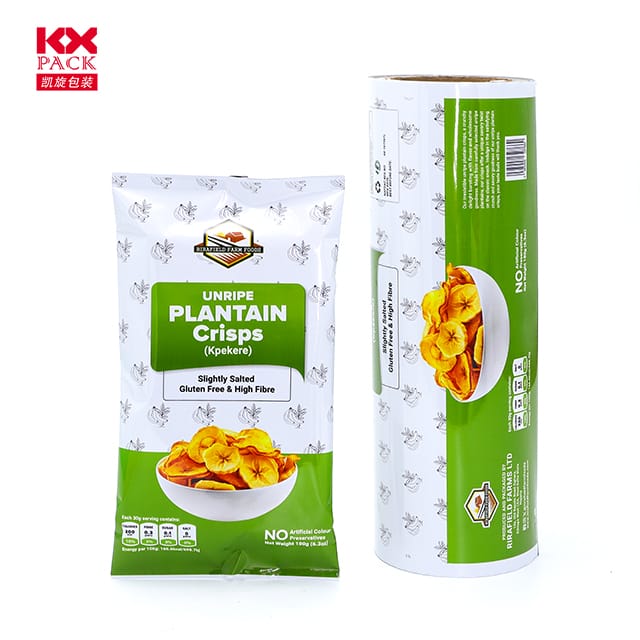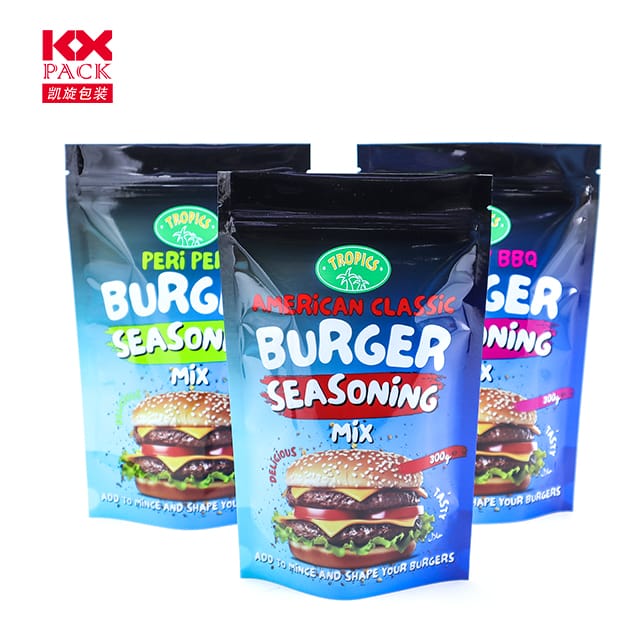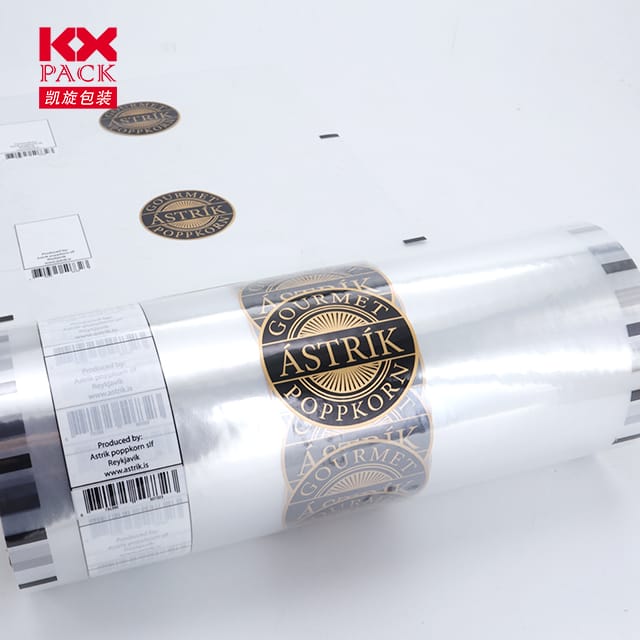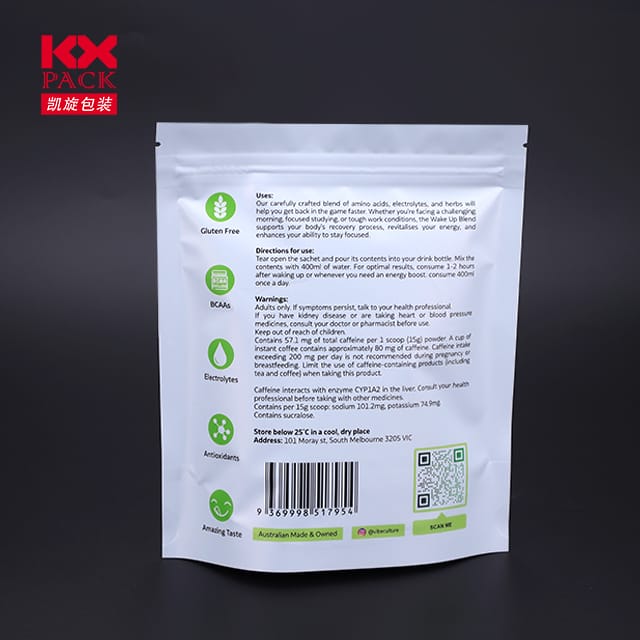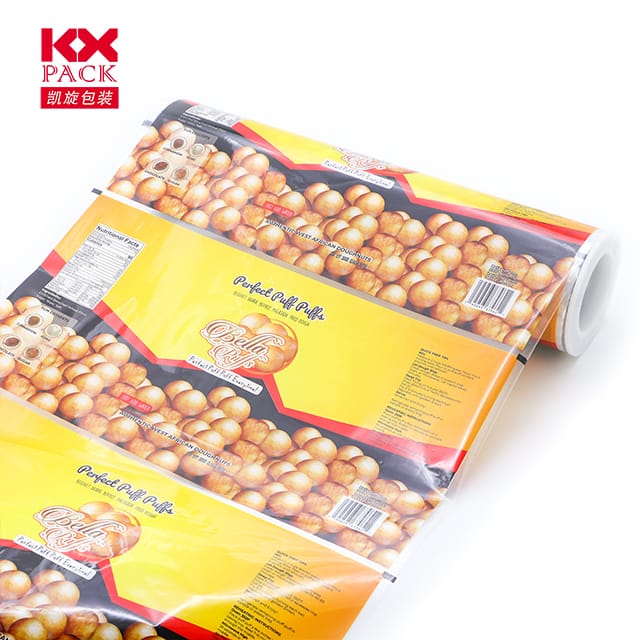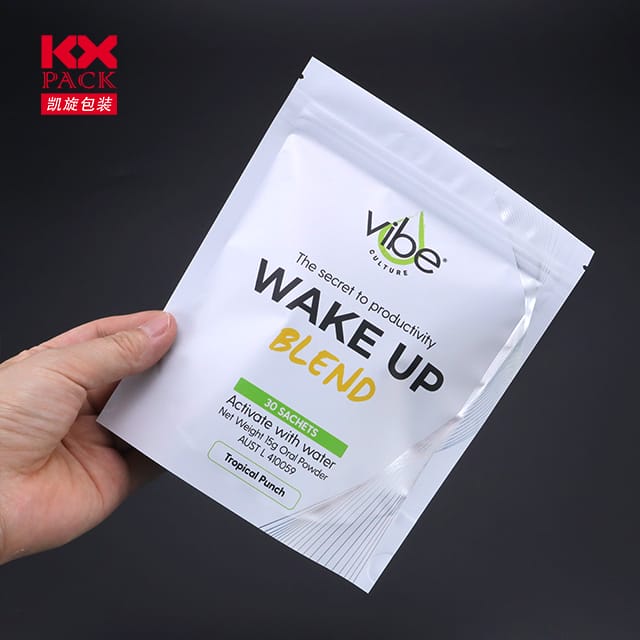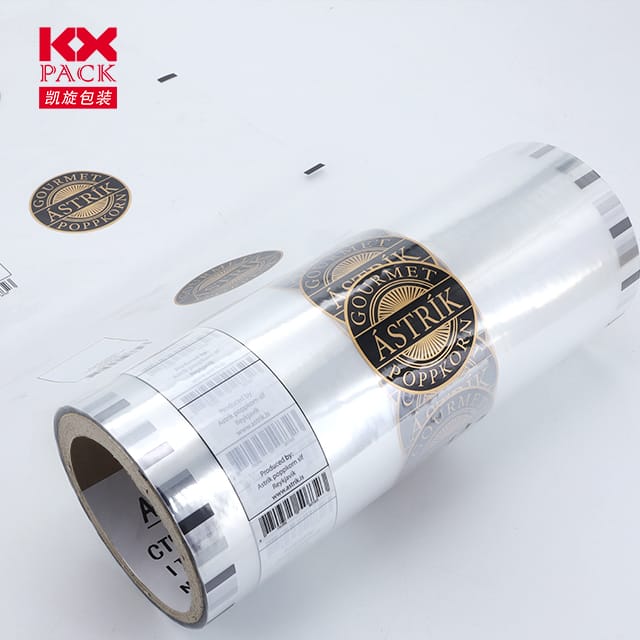Ο ρόλος και η σημασία της ταινίας συσκευασίας τροφίμων (3)
Ταινία συσκευασίας τροφίμων
In the bustling world of modern food production and distribution, Η ταινία συσκευασίας τροφίμων παίζει έναν κρίσιμο αλλά συχνά παραβλεφμένο ρόλο. Αυτό το λεπτό στρώμα πλαστικού, πολυαιθυλένιο, ή άλλα υλικά χρησιμεύει ως προστατευτικό εμπόδιο μεταξύ του φαγητού μας και του εξωτερικού περιβάλλοντος. Ας βυθίσουμε βαθύτερα τη σημασία της ταινίας συσκευασίας τροφίμων, its various types, and the innovations shaping its future.
Protective Shield for Freshness
One of the primary functions of food packaging film is to preserve the freshness and quality of the food it encapsulates. Whether it’s keeping moisture out to prevent mold growth or maintaining the humidity levels necessary for delicate produce, packaging film acts as a meticulous guardian. For perishable items like dairy products, meats, and fresh fruits and vegetables, this protective layer can extend shelf life significantly, reducing food waste and ensuring consumers receive high-quality products.
Barrier Against Contaminants
Beyond freshness, food packaging film also acts as a barrier against contaminants. It shields food from oxygen, which can cause oxidation and spoilage, as well as from microorganisms and other environmental pollutants. This is particularly important in ready-to-eat foods, where cross-contamination could lead to serious health risks. By using advanced materials like multi-layer coextruded films, manufacturers can create packaging that effectively blocks these contaminants while remaining cost-effective and eco-friendly.
Types and Innovations
The world of food packaging film is diverse, with different types tailored to specific needs. Πολυαιθυλένιο (Π.Ε) films are widely used due to their flexibility, δύναμη, and cost-effectiveness. Polyvinylidene chloride (Pvdc) offers exceptional barrier properties against oxygen, υγρασία, και αρώματα, making it ideal for high-value foods. Biodegradable and compostable films, made from materials like PLA (πολυξικό οξύ) and PHA (Πολυϋδροξυαλκανικά), are gaining traction as consumers become more environmentally conscious.
Innovations in food packaging film are continually pushing the boundaries. Active packaging, για παράδειγμα, incorporates additional functionalities such as antioxidant additives to slow down spoilage or scavengers to absorb oxygen. Intelligent packaging, utilizing indicators that change color when the food goes bad or sensors to monitor temperature and humidity, is revolutionizing food safety and quality control.
Sustainability Concerns
With the global focus on sustainability, the environmental impact of food packaging film is under scrutiny. Single-use plastics, while convenient, contribute significantly to landfill waste and marine pollution. Manufacturers are responding with innovations aimed at reducing plastic usage, such as developing thinner films that maintain performance without compromising strength, and increasing the use of recyclable and biodegradable materials.
Consumer behavior is also driving change. More people are opting for products packaged in recyclable or compostable materials, and companies are taking note. Brands are transparent about their packaging practices, highlighting sustainability credentials to appeal to eco-conscious consumers.
συμπέρασμα
Food packaging film might seem like a simple, unassuming component in the food supply chain, but its role is anything but. It preserves food, protects against contaminants, and innovates to meet the demands of a changing world. As we move towards a more sustainable future, Η βιομηχανία εξελίσσεται, finding ways to balance performance with environmental responsibility. By understanding and appreciating the intricacies of food packaging film, we can all play a part in ensuring the safety, ποιότητα, and sustainability of the food we eat.

